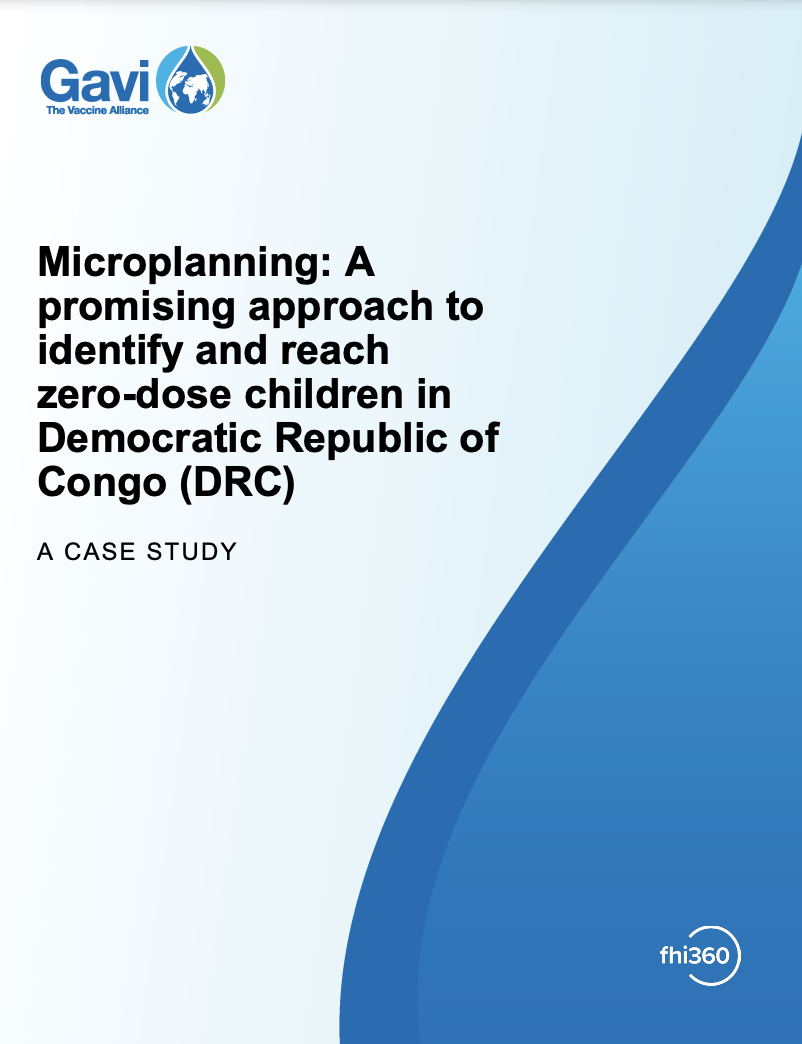Mapping urban physical distancing constraints, sub-Saharan Africa: a case study from Kenya
With the onset of the coronavirus disease-2019 (COVID-19) pandemic, public health measures such as physical distancing were recommended to reduce transmission of the virus causing the disease. However, the same approach in all areas, regardless of context, may lead to measures being of limited effectiveness and having unforeseen negative consequences, such as loss of livelihoods and food insecurity. A prerequisite to planning and implementing effective, context-appropriate measures to slow community transmission, is an understanding of any constraints, such as the locations where physical distancing would not be possible. Focusing on sub-Saharan Africa, we outline and discuss challenges that are faced by residents of urban informal settlements in the ongoing COVID-19 pandemic. We describe how new geospatial data sets can be integrated to provide more detailed information about local constraints on physical distancing and can inform planning of alternative ways to reduce transmission of COVID-19 between people. We include a case study for Nairobi county, Kenya, with mapped outputs which illustrate the intra-urban variation in the feasibility of physical distancing and the expected difficulty for residents of many informal settlement areas. Our examples demonstrate the potential of new geospatial data sets to provide insights and support to policy-making for public health measures, including COVID-19.
| Authors | Heather R Chamberlain, Peter M Macharia, & Andrew J Tatem |
|---|---|
| Source | World Health Organization |



